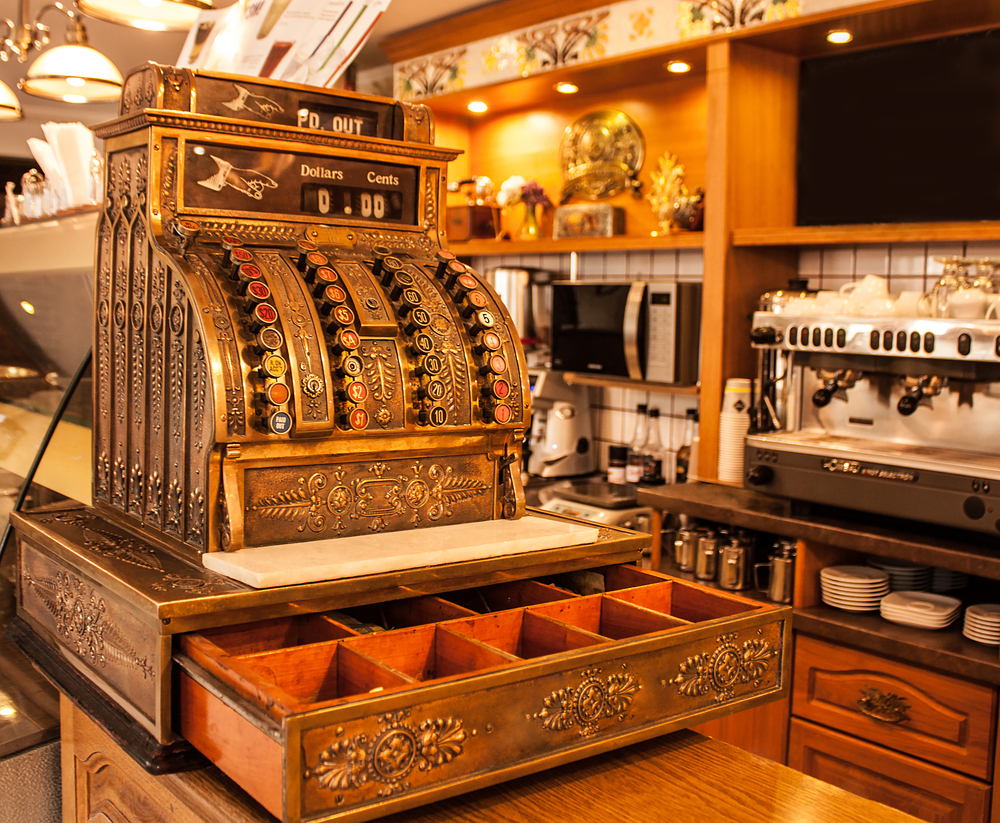The basic restaurant business model with which we are familiar today has been around for more than two centuries. But restaurant technology has been improving its operations for almost as long.
The Earliest Restaurant Technology
The first decades of the nineteenth century saw such innovations as gas cooking, canning, and refrigeration, all of which were great boons to the developing industry.
And the first restaurant POS system, the humble cash register, began to be used commercially as long ago as 1883.
But it was only when a restaurant equipment salesman named Ray Croc started franchising McDonald’s restaurants back in the 1950s that restaurant technology began to change the industry at its current phenomenal rate.
How Restaurant POS Systems Have Developed
The first computerized restaurant POS system was introduced by McDonald’s in 1973 and electronic cash registers were becoming the industry norm by the mid-1970s
These early POS systems helped wait staff get orders to the kitchen; provided customers with clean, printed receipts; and were of great assistance to restaurant management in the monitoring of cash flows.
The 1980s and 90s
In 1984 POS systems became equipped to handle the authorization of credit card payments, a significant advance in speed and convenience over the previously necessary telephone authorizations.
In 1986 the first POS system was launched, which included an easy-to-use graphical touchscreen for staff and in 1992 the first Windows-based POS system for came online.
The 1990s also brought significant advances in back-office management functions and applications, which could be integrated with POS systems, and in 1999 came the ability to accept online reservations.
Along with all these advances also came the ability for restaurateurs to easily create and customize new menus and for wait staff to offer upsells and split checks.
The Year 2000 –
Since 2000, the pace of change in restaurant technology has only accelerated. In 2011 came the first cloud-based management and POS systems and, perhaps most significantly for the long-term development of the industry, 2013 saw the first customer-facing system.
These new developments have brought significant benefits for both customers and restaurant management.
The Present
For customers, ordering can now be an extremely personal and interactive experience conducted entirely from their cell phone or laptop, integrated securely and seamlessly with the restaurant POS and enabling the management of all their loyalty programs and payment methods.
For wait and kitchen staff, the advent of handheld tablet ordering systems has made the provision of a great customer experience far easier and helped maximize tips through faster table turns.
For restaurant owners, modern POS systems allow the remote management of one or more outlets and the optimal use of staff resources through scheduling apps. Just as importantly, they also allow for the collection and analysis of huge amounts of customer spending and behavioral data which can be hugely valuable in maximizing revenues.
The Future
For the future, all of these trends are likely to continue and the trend towards voice ordering through systems such as Alexa will accelerate.
In an increasingly competitive marketplace, all the emphasis will be on using technology to provide a personalized and interactive customer experience. Ordering from the table, reception area or home will become common and POS systems will also include tablets for customer entertainment as well as direct ordering and payment.
Perhaps the most exciting development of all will be the incorporation of Artificial Intelligence (AI) in restaurant POS systems, enabling them to continuously adapt to new data to manage tables, menus, promotions, loyalty programs and pricing with great efficiency.
This doesn’t mean the human touch will vanish from restaurants. On the contrary, management and staff will have far more time available to ensure that their customers are getting the best possible experience.

